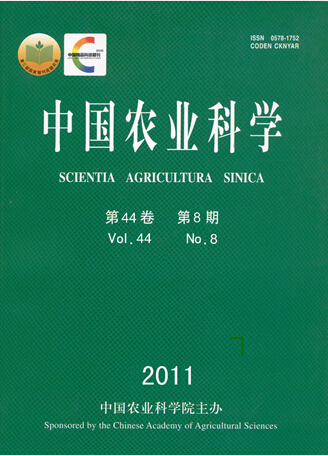【Objective】The present study was carried out to analyze the differences in cassava (Manihot esculenta Crantz) N, P, K accumulation, allocation and yields. The best N, P, K application rates were studied at sloping lands of Wengyuan of North Guangdong. 【Method】Cassava genotype South America 119 was used as materials in a field experiment of “3414” conducted in Wengyuan of North Guangdong. The experiment have 14 treatments. 【Result】Nitrogen in cassava with fertilizer treatment was mainly treatments allocated to the shoot, and nitrogen in cassava with out fertilizers treatment was mainly allocated to the root. Phosphorus in cassava with N, P, K treatment at different levels was all mainly allocated to the shoot, potassium in treatments of N0P0K0 and N2P2K0 was mainly allocated to root, and potassium in treatment of N0P2K2 was equilibrium in root and shoot. During different growth periods, N, P and K content of cassava all showed a dropping trend, but the falling rate of cassava with N, P and K fertilizer application was less than cassava with no N, P and K fertilizer. Content and accumulation of N, P,K in treatment N2P2K2 were the maximal, and that of treatment N0P0K0 were the lowest among all treatments at each growth stage of cassava (P<0.05). Among all 14 treatments, yields of N2P3K2 (22 694.06 kg·hm-2) was the highest, followed by N2P2K2 (21 417.87 kg·hm-2). 【Conclusion】Cassava yield,N, P,K accumulation, and allocation between root and shoot were highly responsive to N, P, and K fertilization. Applications of combinations of N, P2O5, and K2O in a proper ratio significantly increased cassava concentrations of N,P, K, and yield. For cassava yield in sloping lands of North Guangdong, N is the foremost factor, P
2O5 is more important thasn K2O under the conditions of N sufficient. In the present study, the best N P K application rates were 358.80 kgN·hm-2、89.10 kg P2O5·hm-2和187.50 kg K2O·hm-2.









